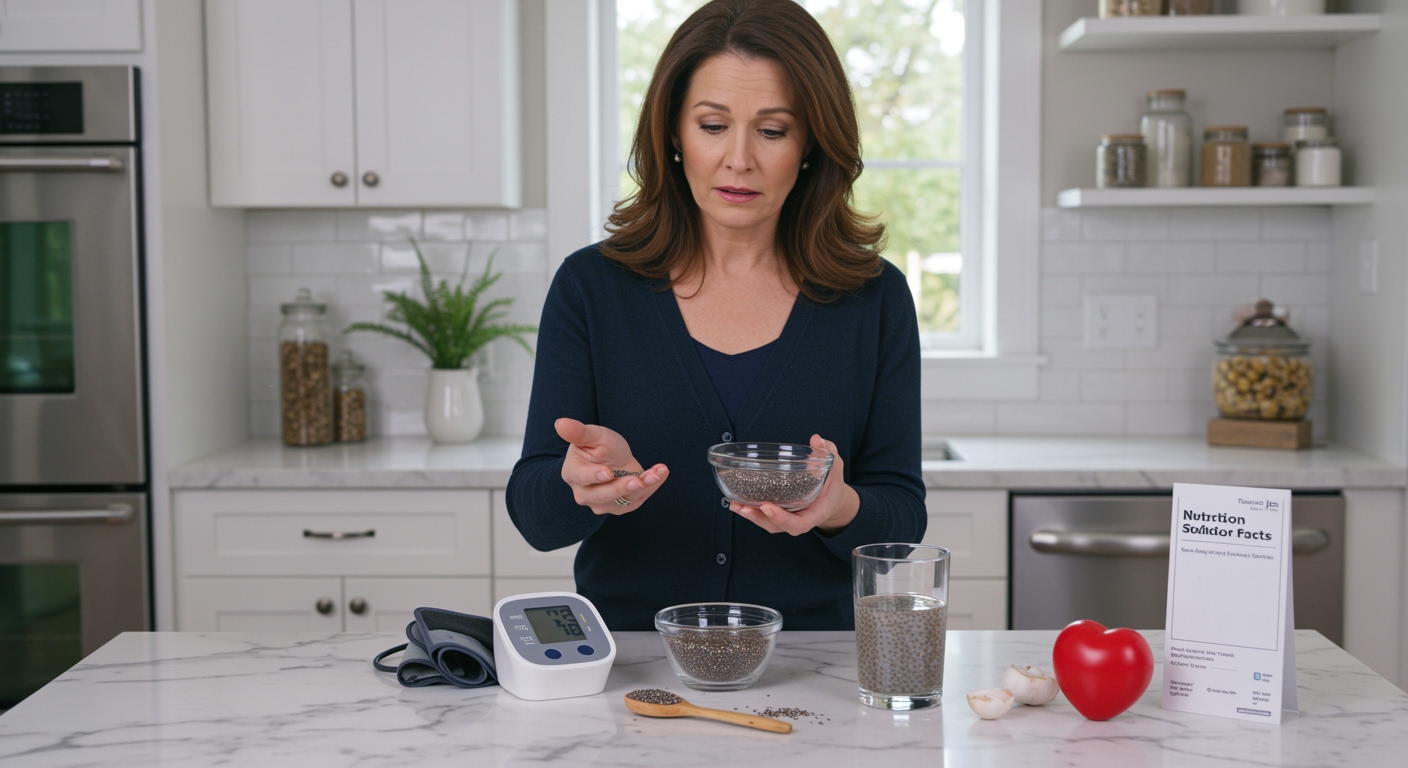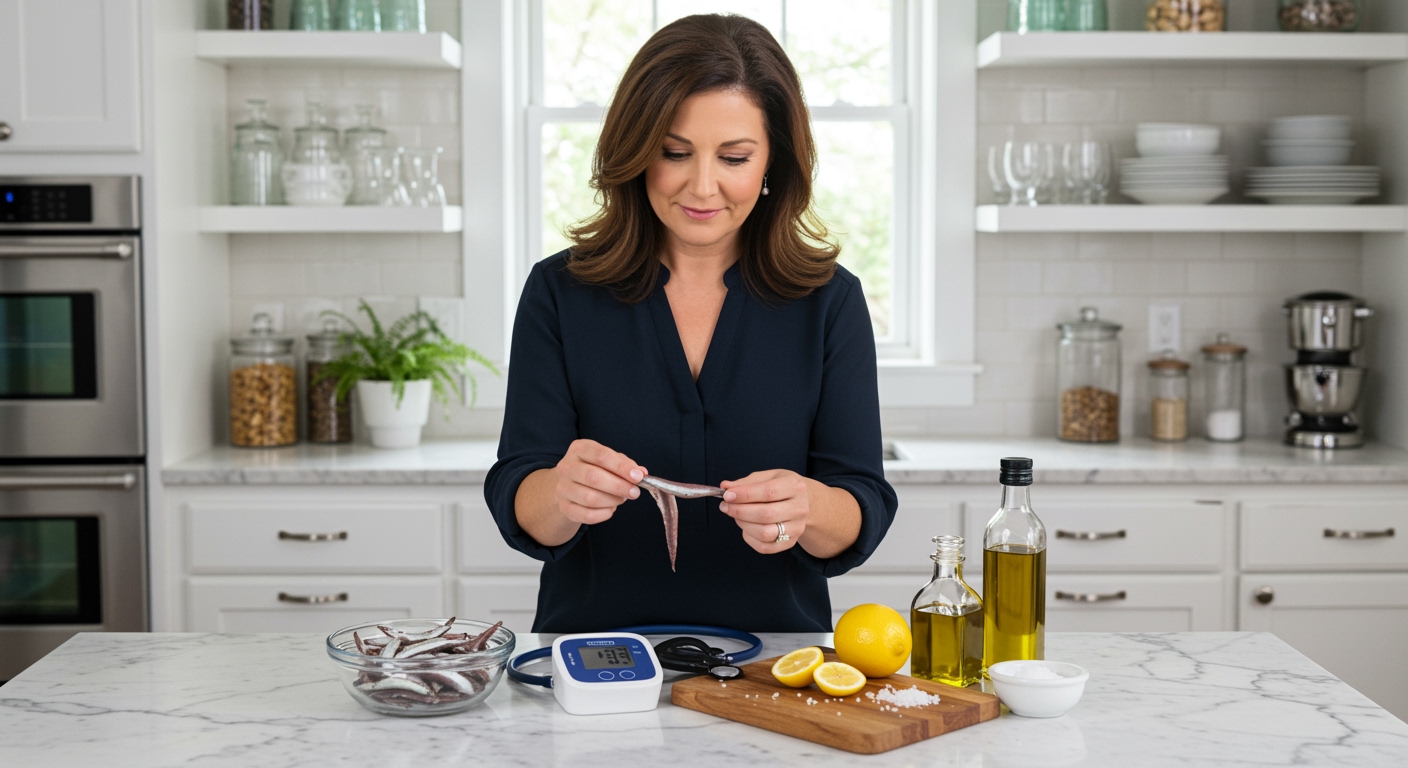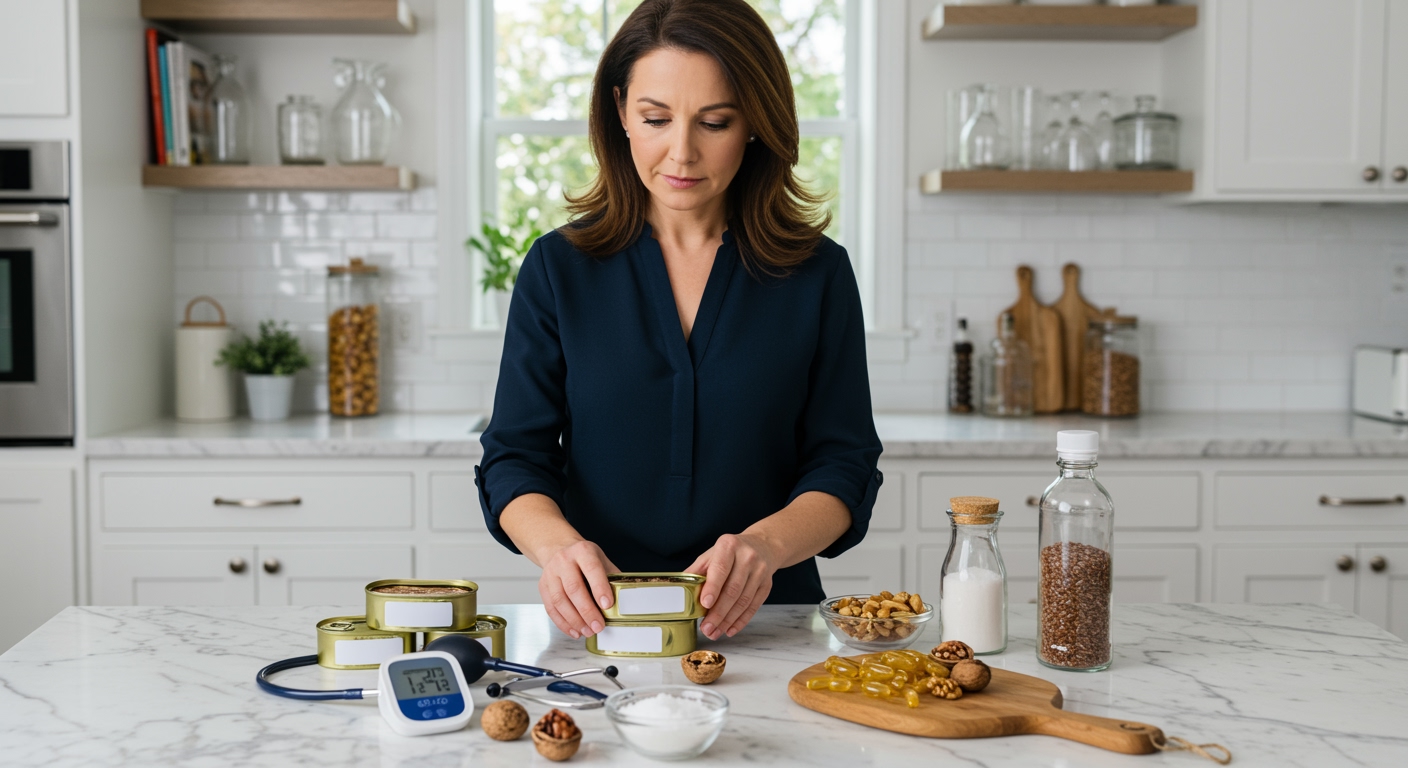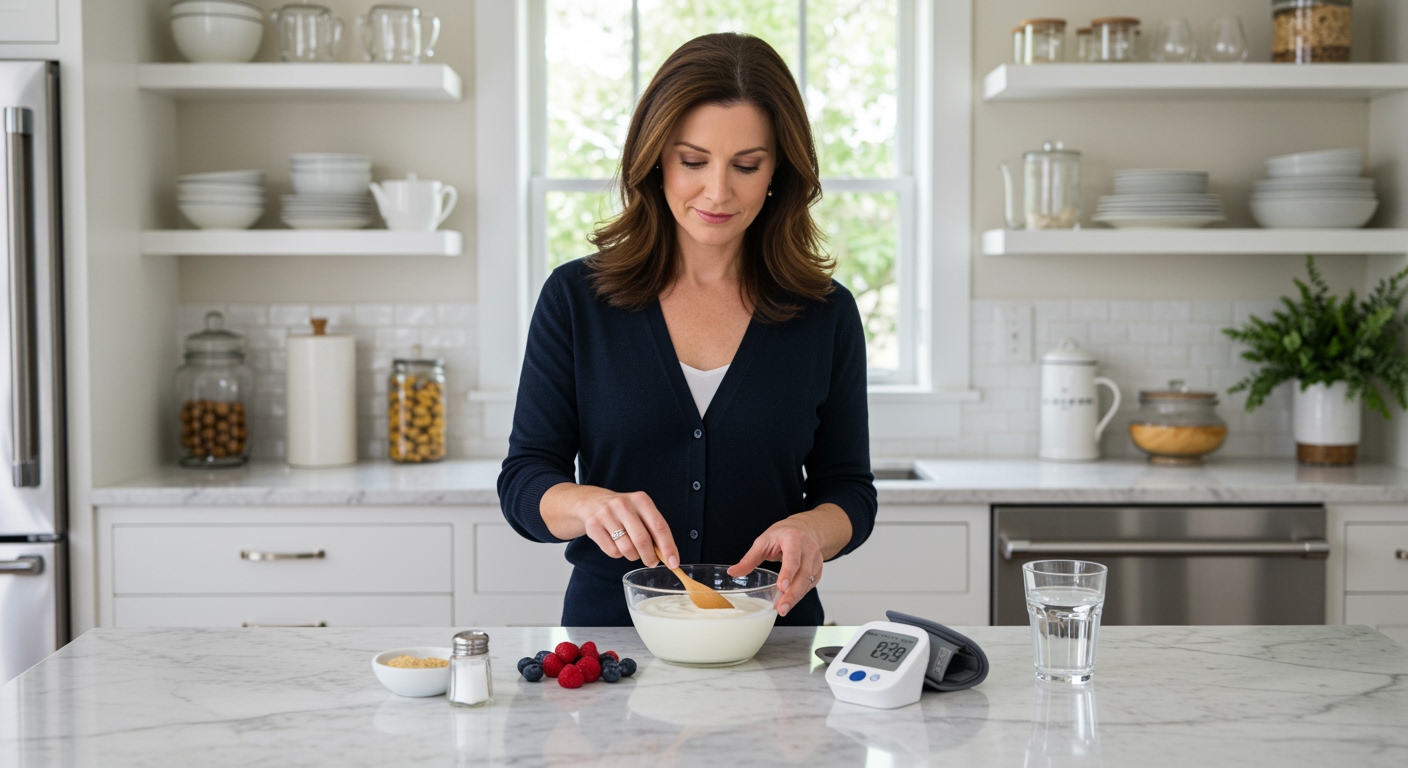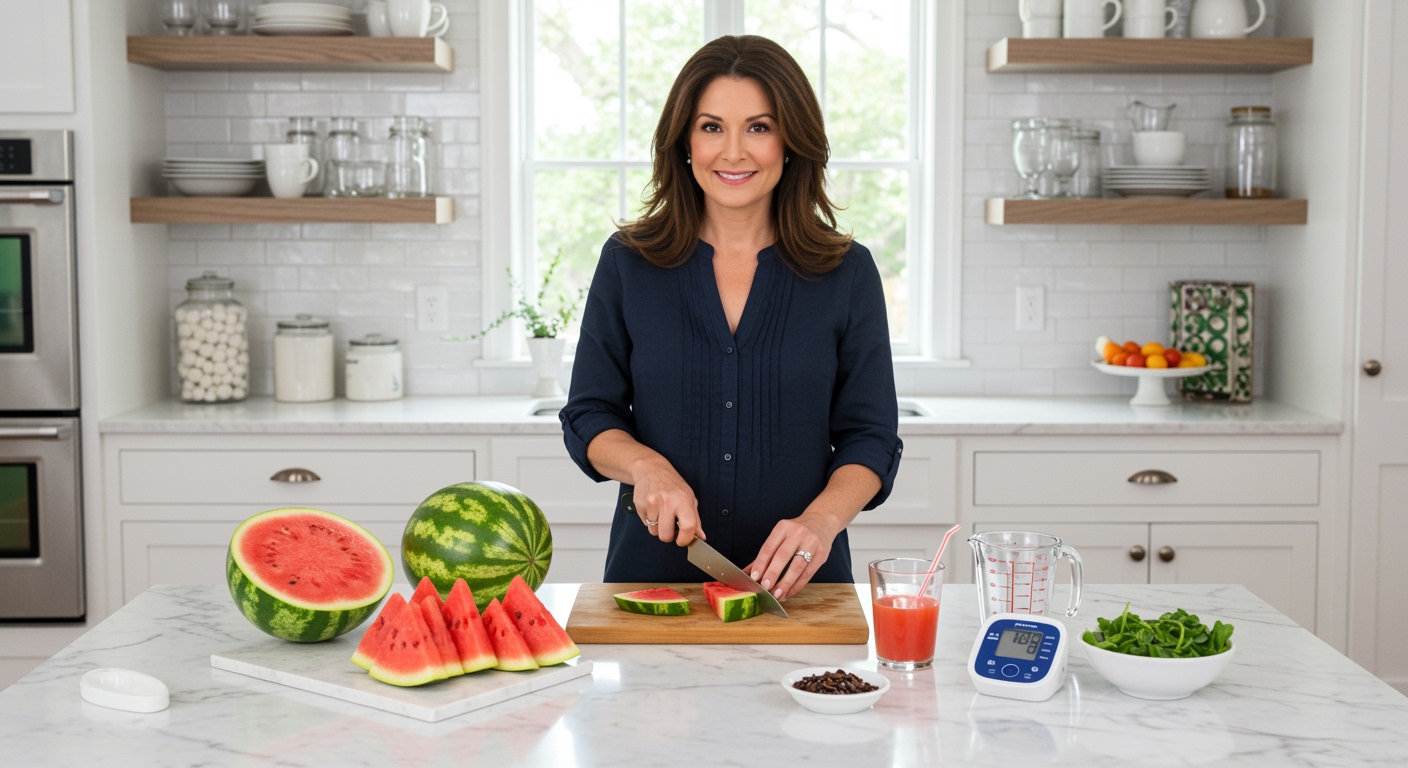✪ Key Takeaway: Chia seeds can worsen low blood pressure symptoms by further reducing already low readings through their natural hypotensive effects.
Introduction
You sprinkle chia seeds on your yogurt thinking they are the perfect superfood.
Then you notice dizziness, fatigue, and that lightheaded feeling getting worse after your healthy breakfast routine.
Hi, I am Abdur, your nutrition coach and today I am going to explain how chia seeds can actually worsen low blood pressure symptoms and what you need to know before adding them to your diet.
How Do Chia Seeds Actually Lower Blood Pressure?
Chia seeds contain powerful compounds that naturally reduce blood pressure through multiple mechanisms in your body.
The omega-3 fatty acids in chia seeds help relax your blood vessel walls, making them more flexible and reducing the pressure needed to pump blood through them.
These tiny seeds also contain potassium, which works like a natural diuretic by helping your kidneys remove excess sodium from your bloodstream.
When sodium levels drop, your blood volume decreases, and so does your blood pressure.
The fiber content in chia seeds slows down sugar absorption, preventing blood sugar spikes that can temporarily raise blood pressure.
Research shows that people who consume chia seeds regularly experience a significant reduction in both systolic and diastolic blood pressure readings within just a few weeks.
This blood pressure lowering effect happens whether your starting blood pressure is high, normal, or already low.
✪ Fact: Just two tablespoons of chia seeds contain 12% of your daily potassium needs, enough to impact blood pressure.
What Happens When You Already Have Low Blood Pressure?
Low blood pressure, or hypotension, means your blood pressure readings are below 90/60 mmHg.
When you have hypotension, your heart already struggles to pump enough blood to reach your brain, organs, and extremities effectively.
Adding chia seeds to your diet can push your already low readings even lower, creating a dangerous situation.
The omega-3s in chia seeds will continue to relax your blood vessels, reducing the pressure even more.
Your kidneys will keep removing sodium, further decreasing your blood volume and pressure.
This creates a compounding effect where your hypotension symptoms become more severe and frequent.
The result is increased dizziness, fainting spells, extreme fatigue, and difficulty concentrating throughout your day.
✪ Note: Hypotension becomes dangerous when systolic pressure drops below 70 mmHg, risking organ damage.
Which Symptoms Should You Watch For?
Your body sends clear warning signals when chia seeds are making your low blood pressure worse.
Dizziness becomes your most noticeable symptom, especially when you stand up quickly or change positions.
You might experience more frequent episodes of feeling lightheaded or like the room is spinning around you.
Fatigue hits you harder than usual because your organs are not getting enough oxygen-rich blood to function properly.
Your concentration and mental clarity suffer as your brain struggles with reduced blood flow.
Some people notice cold hands and feet because blood is not reaching their extremities effectively.
In severe cases, you might experience fainting spells or feel like you are about to pass out, especially during physical activity or in hot environments.
✪ Pro Tip: Keep a blood pressure log for two weeks after starting chia seeds to track any concerning changes.
How Much Chia Seeds Become Problematic?
The amount of chia seeds that worsens low blood pressure varies from person to person based on your current readings and overall health.
Most nutrition guidelines recommend one to two tablespoons of chia seeds daily for healthy adults.
However, if you have hypotension, even this standard serving size can push your blood pressure too low.
Some people with mild hypotension notice symptoms after consuming just one teaspoon of chia seeds daily.
The timing of consumption also matters because chia seeds can lower blood pressure within 2-4 hours after eating them.
If you take blood pressure medications, the combined effect with chia seeds can be particularly dangerous.
Your safest approach is starting with a very small amount, like half a teaspoon, and monitoring your symptoms closely.
✪ Fact: Chia seeds can lower systolic blood pressure by 6-12 mmHg within 12 weeks of regular consumption.
What Should You Do If You Have Low Blood Pressure?
If you have diagnosed hypotension, avoiding chia seeds completely might be your wisest choice.
Talk to your doctor before adding any new foods that can affect blood pressure, especially if you take medications for heart conditions.
Your healthcare provider can help you determine if chia seeds are safe based on your specific blood pressure readings and medical history.
If you decide to try chia seeds despite having low blood pressure, start with the smallest possible amount and monitor yourself carefully.
Check your blood pressure before and after consuming chia seeds to see how your body responds.
Stop eating chia seeds immediately if you experience increased dizziness, fainting, or any worsening of your hypotension symptoms.
Focus on other nutritious foods that can provide similar benefits without the blood pressure lowering effects.
✪ Pro Tip: Consider flaxseeds or hemp hearts as alternatives that provide omega-3s without significant blood pressure effects.
The Bottom Line
Chia seeds can definitely worsen low blood pressure symptoms by further reducing your already low readings through their natural hypotensive properties.
Your health is not worth risking for any superfood, no matter how nutritious it claims to be.
I would love to hear about your experiences with chia seeds and blood pressure in the comments below, and feel free to share any questions you might have about managing hypotension through nutrition.
References
At NutritionCrown, we use quality and credible sources to ensure our content is accurate and trustworthy. Below are the sources referenced in creating this article:
- Healthline: Chia Seeds Lower Blood Pressure
- PubMed: Chia Seed Supplementation and Blood Pressure
- Pharmacy Times: Long-term Chia Seed Supplementation May Lower Blood Pressure
- Healthline: Chia Seeds Side Effects
